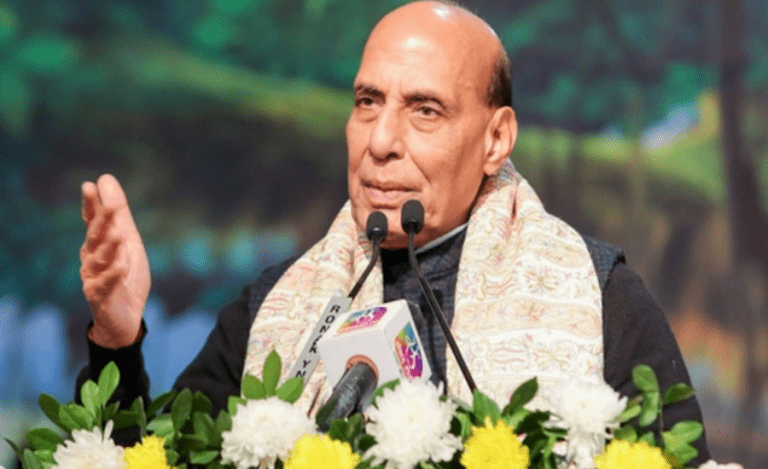Sawai Madhopur, Rajasthan: Ranthambore Tiger Reserve bid an emotional farewell to Tigress Arrowhead (T-84), one of the sanctuary’s most admired and photographed big cats, as forest officials confirmed her passing at the age of 14 on Thursday. Arrowhead died of a brain tumour after a long and brave battle with bone cancer. Her passing occurred shortly after her daughter was moved to a different tiger reserve, closing a significant chapter in India’s wildlife heritage.
Her death occurred mere hours after her daughter, RBT 2507 (popularly known as ‘Kankati’), was relocated to Mukundra Hills Tiger Reserve following her alleged involvement in two fatal human encounters – adding to the heartbreak among conservationists and wildlife lovers alike.
Legacy of a Dynasty: Granddaughter of the Iconic Machhli
Arrowhead wasn’t just any tigress; she carried a royal lineage. Born to Krishna and granddaughter of the legendary Machhli – dubbed the “Queen of Ranthambore” and famously known as the “Crocodile Hunter” – Arrowhead inherited both the fierce hunting instincts and the camera-loving presence of her ancestors.
“Arrowhead was more than just a tigress – she was a symbol of grace, strength, and motherly spirit,” the Ranthambore National Park’s official Instagram page shared. “Her legacy will live on through her cubs and in the hearts of all wildlife lovers.”
Final Hunt: A Crocodile Showdown Just Days Before Death
In a powerful display of her enduring prowess, Arrowhead made headlines just days before her death after a dramatic video surfaced online showing her attacking and killing a crocodile near Padam Talab. The footage, widely shared on social media, was eerily reminiscent of her grandmother Machhli’s iconic crocodile battles.
Witnesses described the moment as awe-inspiring: Arrowhead, motionless by the lake’s edge, waited patiently before launching a sudden and fatal ambush. The clash, though brief, was a testament to the tigress’s raw power and survival instincts – even in her final days.
A Heartfelt Goodbye: Floral Tributes and Online Mourning
Wildlife enthusiasts, conservationists, and members of the Ranthambore Nature Guide Association gathered to pay their final respects to Arrowhead on Thursday. Floral tributes adorned her resting place as emotional farewells poured in from across the country.
“Arrowhead carried forward the legacy of Machhli, both in spirit and strength,” said Shakir Ali, a senior guide at the reserve. “She was not just a tiger – she was part of our family.”
On social media, fans and wildlife lovers commemorated her legacy. One user poignantly wrote, “Tigress Arrowhead is no more. Her passing marks the end of a bold and unforgettable chapter in Ranthambore’s wild history.”
The End of a Wild Chapter, But Her Story Lives On
Arrowhead’s life encapsulated the beauty and brutality of the wild – resilient, regal, and rooted deeply in Ranthambore’s cultural and ecological fabric. Her cubs, especially the relocated RBT 2507, continue to write the next chapter of this majestic bloodline.
As the forests of Ranthambore echo a little more quietly today, Arrowhead’s spirit lingers – etched in paw prints, remembered in photos, and immortalized in the hearts of those who followed her extraordinary journey.
About Ranthambore Tiger Reserve
Ranthambore Tiger Reserve in Sawai Madhopur, Rajasthan, is a large and well-known tiger reserve in India. It’s situated between the Aravali and Vindhya hills and includes Ranthambore National Park, Sawai Madhopur Sanctuary, and other areas. The reserve spans around 1,411 square kilometers and is known for its tiger population, estimated at at least 40. It’s a popular destination for wildlife enthusiasts, with good chances of spotting tigers, especially in the winter months



























